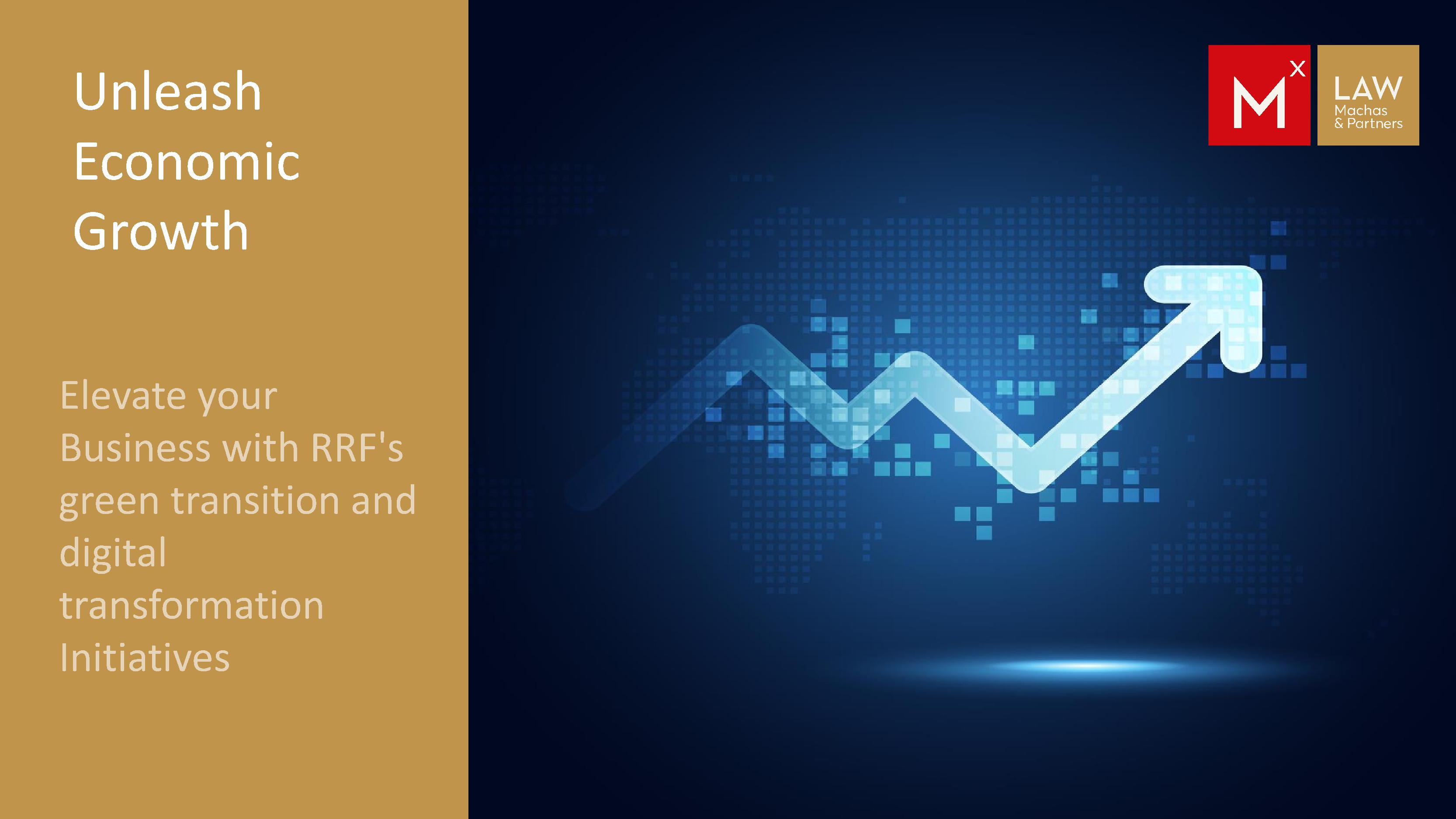The Recovery and Resilience Fund (RRF), a cornerstone of Next Generation EU, assumes a pivotal role in steering European economies towards innovation, resilience, and preparedness for the transformative challenges posed mostly by the green and digital transitions. With a particular focus on sustainable mobility, the RRF unfolds as a multifaceted instrument designed to bolster over 170 categories of public and private sector reforms and investments among others through loans under very favorable terms.

The RRF Landscape
The RRF operates as a fully effective financial mechanism that strategically mobilizes substantial funds on behalf of the EU, channeling these resources to member states for the implementation of ambitious reforms and investments. These initiatives are aligned with EU priorities, rendering economies and societies more resilient and responsive to the imperatives of, inter alia, the green and digital transitions.
The Five Pillars of Investment
The RRF strategically organizes its investments into five pillars, each representing a fundamental facet of comprehensive economic and societal development:
- Green Transition: At the forefront of environmental sustainability, this pillar aims to drive initiatives that mitigate ecological impact and promote sustainable practices.
- Digital Transformation: Embracing the digital age, this pillar focuses on investments that propel companies and societies towards technological advancement, ensuring readiness for the challenges of the digital era.
- Innovation, Research & Development: Grounded in the future, this pillar directs investments towards fostering innovation, research, and development, laying the groundwork for sustainable growth.
- Economic Scale Development: Facilitated through strategic partnerships, acquisitions, and mergers, this pillar seeks to amplify economic scale for enhanced resilience and competitiveness.
- Foreign Investments: Encouraging cross-border collaboration and economic diversification, this pillar aims to broaden economic horizons and foster international partnerships.
Financial Support with Favorable Terms
Beyond the strategic alignment of the RRF with business growth, the financial support it offers comes with exceptionally favorable terms. Businesses can secure funding of up to 50% of their investment budget through RRF loans, with a particularly low-interest rate, starting from fixed equal to 0.35%.
The basic indicative terms regarding the rates of the RRF loans:
Maximum coverage rate: RRF loans can finance up to 50% of the total eligible investment cost of the Investment Plan (IP). Additionally, private participation is required to cover a minimum of 20% of the total eligible investment cost. Private participation can be sourced from own funds, subordinated loans, or a contribution in kind, subject to conditions. Moreover, a minimum of 30% of the total eligible investment cost must be financed through loans from commercial banks (Co-financing Loans).
Interest rate: The interest rates for co-financing loans and additional loans are subject to market rates. The minimum interest rate for the part of the investment financed by the RRF is set as follows:
For small businesses fixed at 0.35%.
For other businesses at 1%.
Unlocking Opportunities in Green Transition & Digital Transformation
Initiatives encompassing renewable energy projects, biodiversity conservation, and circular economy practices not only align businesses with global sustainability goals but also position them as leaders in eco-conscious practices. For businesses engaged in these sectors, the RRF becomes a key partner, providing the financial backing needed to implement impactful green initiatives.
In parallel, in the realm of Digital Transformation, the RRF acts as a driving force, propelling businesses towards the forefront of the digital frontier. By strategically directing investments to enhance digital infrastructure, foster innovation in information technology, and bridge the digital divide, the RRF positions businesses for sustained growth and competitiveness. Indicative investment plans can include the purchase, use (depreciation / leasing) and landscaping of land plots, the purchase / construction and use of intangible assets (amortisation / subscriptions), the payroll linked to the investment plan, working capital (operating expenses, etc.), marketing and communication expenses.
Synergies Between Green Transition and Digital Transformation
Among the elements that sets the RRF apart is its recognition of the interconnectedness between the Green Transition and Digital Transformation. Businesses operating at the intersection of these two pillars find themselves at the nexus of innovation and sustainability. For instance, a company investing in smart, energy-efficient technologies not only accomplishes environmental goals but also harnesses digital solutions for its operational productivity and efficiency.